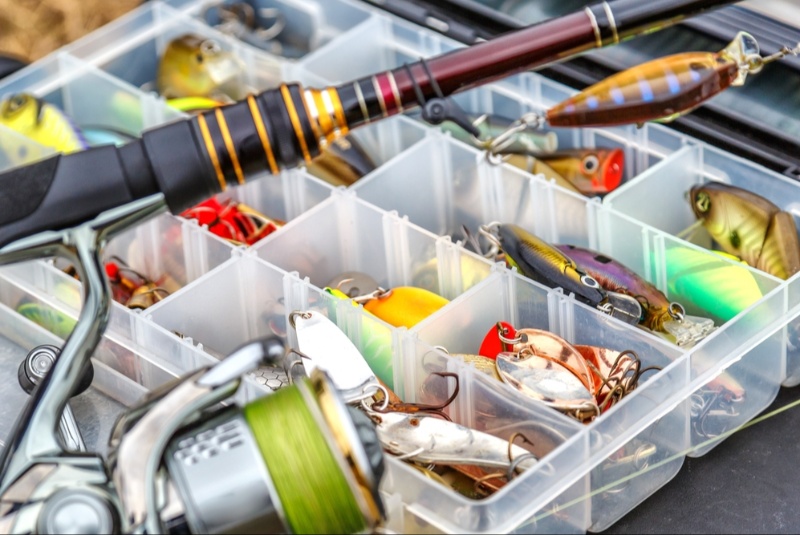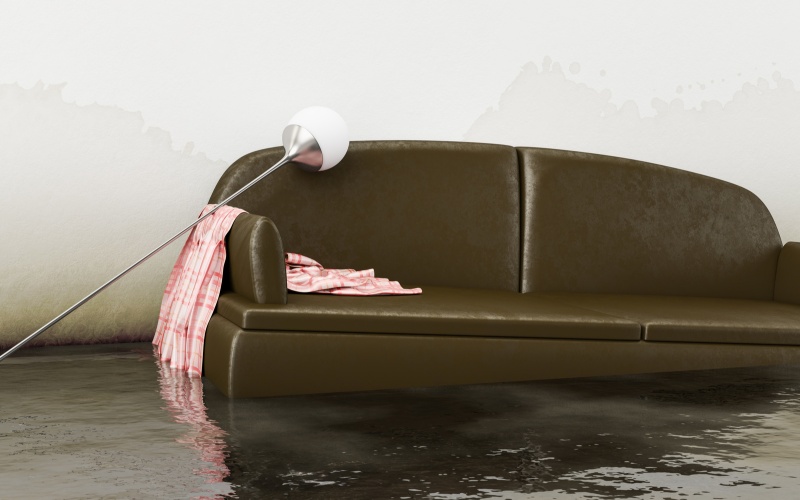Summer bass fishing is an exhilarating experience for anglers of all levels. The warm weather and active fish make it an ideal time to hit the water. However, selecting the right fishing lures is crucial for a successful catch. This comprehensive guide provides essential tips and insights to help you choose the best fishing lures for summer bass, ensuring you maximize your fishing opportunities and enjoy your time on the water.
Understanding Bass Behavior in Summer
In summer, bass behavior changes due to warmer water temperatures and increased food availability. Bass are more active during early morning and late evening, often retreating to deeper, cooler waters during the hottest parts of the day. They tend to feed on a variety of prey, including insects, smaller fish, and crustaceans. Understanding these behavioral patterns helps you choose lures that mimic their natural prey, increasing your chances of a successful catch.
Selecting the Right Lure Types
Various types of lures are effective for summer bass fishing, each designed to mimic different prey and provoke different reactions from the fish. The main types include crankbaits, spinnerbaits, soft plastics, topwater lures, and jigs. Crankbaits are ideal for covering large areas and diving to different depths. Spinnerbaits create vibration and flash, attracting bass from a distance. Soft plastics, such as worms and creature baits, offer lifelike action. Topwater lures create surface disturbances that entice aggressive strikes, while jigs are versatile and effective in various conditions. Selecting the right lure types ensures you have a diverse arsenal to target bass effectively.
Considering Lure Color and Visibility
Lure color is a crucial factor in attracting bass, especially in different water conditions. In clear water, natural colors like green, brown, and silver are effective as they resemble the bass's natural prey. In murky or stained water, bright colors like chartreuse, white, and black improve visibility. UV-reactive and glow-in-the-dark lures can also enhance visibility in low-light conditions. Considering lure color and visibility ensures your lures stand out and attract bass, increasing your chances of a strike.
Evaluating Lure Size and Profile
The size and profile of your lure should match the prevalent prey in the area and the size of the bass you are targeting. Larger lures are suitable for big bass, while smaller lures can attract both large and small fish. The profile of the lure, such as slender or bulky, should also mimic the natural prey in the water. Evaluating lure size and profile ensures your lures look appealing and realistic to bass, enhancing their effectiveness.
Understanding Action and Retrieval Techniques
The action of a lure, combined with the retrieval technique, plays a significant role in enticing bass to strike. Crankbaits and jerkbaits have built-in action, while soft plastics and jigs require more angler input. Experiment with different retrieval speeds and patterns, such as steady retrieves, pauses, and jerks, to find what works best. Topwater lures benefit from erratic actions that mimic struggling prey. Understanding action and retrieval techniques ensures you present your lures in a way that triggers bass to bite.
Exploring the Use of Scent and Attractants
Scented lures and attractants can enhance the appeal of your bait, especially in heavily fished waters or challenging conditions. Many soft plastics come pre-scented, or you can add scent to your lures using sprays, gels, or dips. Popular scents include garlic, shad, and crawfish. Scent can mask human odors and add an extra dimension to your lures, making them more enticing to bass. Exploring the use of scent and attractants ensures you maximize the attractiveness of your lures.

Assessing the Importance of Water Temperature and Depth
Water temperature and depth significantly influence bass location and behavior in summer. Bass prefer cooler temperatures and often move to deeper waters or shaded areas during midday heat. Lures that can reach different depths, such as deep-diving crankbaits and weighted jigs, are essential. Additionally, topwater lures are effective in shallow areas during early morning and late evening when bass are more active. Assessing the importance of water temperature and depth ensures you choose lures that can effectively target bass in their preferred habitats.
Considering Seasonal Patterns and Local Conditions
Seasonal patterns and local conditions, such as weather changes and water clarity, impact bass activity and feeding habits. Pay attention to factors like recent rainfall, which can affect water clarity and temperature, and seasonal changes in prey availability. Local fishing reports and advice from experienced anglers can provide valuable insights into current conditions. Considering seasonal patterns and local conditions ensures you adapt your lure selection to the specific environment, increasing your success rate.
Using Versatile Lures for Different Scenarios
Versatile lures that can be used in various scenarios and conditions are valuable additions to your tackle box. Lures like spinnerbaits, jigs, and soft plastics can be fished in different ways and adapted to different environments, from shallow weed beds to deep structures. Having versatile lures allows you to quickly adapt to changing conditions and target bass effectively throughout the day. Using versatile lures ensures you are prepared for any situation, maximizing your fishing opportunities.
Reading Reviews and Seeking Recommendations
Reading reviews and seeking recommendations from fellow anglers can provide valuable insights into the performance and effectiveness of different lures. Look for detailed reviews that discuss the success rates, durability, and versatility of the lures. Professional reviews from trusted sources and fishing magazines can offer in-depth analysis and comparisons. Additionally, seeking recommendations from friends, fishing forums, or local bait shops can help you identify popular and well-regarded lures. Gathering information from multiple sources ensures you make an informed decision based on real-world experiences and expert opinions.
Setting a Budget for Lure Purchases
Setting a budget is an important step in the lure purchasing process. Fishing lures range from affordable options to high-end models with advanced features. Determine how much you are willing to spend and prioritize lures that offer the best value and effectiveness for your needs. While it’s tempting to buy the most expensive lures, investing in a variety of well-reviewed, mid-range options can provide better overall results. Setting a clear budget helps you build a diverse and effective tackle box without overspending.
Maintaining and Storing Your Lures
Proper maintenance and storage of your fishing lures can extend their lifespan and ensure they remain effective. After each fishing trip, clean your lures with fresh water to remove any dirt, salt, or debris. Inspect them for any signs of damage or wear, such as chipped paint or bent hooks, and repair or replace as necessary. Store your lures in a tackle box with compartments to keep them organized and prevent tangling. Maintaining and storing your lures ensures they are always ready for action, maximizing their performance and longevity.
Choosing the best fishing lures for summer bass involves understanding bass behavior, evaluating key features such as lure type, color, size, and action, and considering factors like water temperature, seasonal patterns, and local conditions. By reading reviews, setting a budget, and maintaining your lures properly, you can make an informed decision that ensures successful and enjoyable fishing trips. Investing in high-quality, versatile lures enhances your chances of catching bass, making your summer fishing adventures more rewarding and memorable. Use this guide to navigate the fishing lure market confidently and find the perfect lures for your next bass fishing trip.




